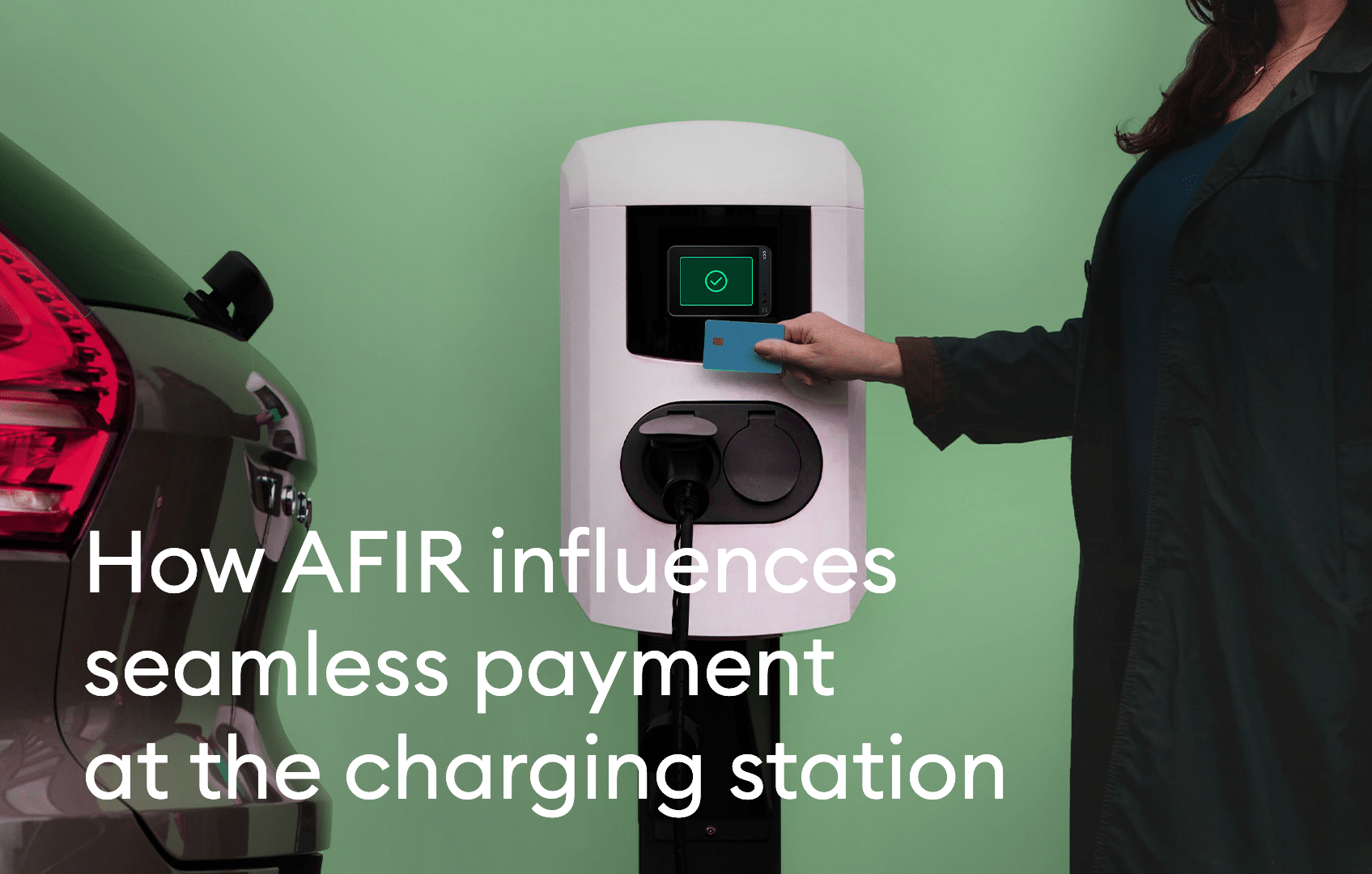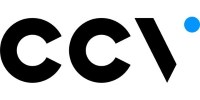CCV: Movement in the EV Charging Market
How AFIR Influences Seamless Payment at the Charging Station

Electromobility is continuing to gain ground in Europe. Over the past few years, more and more car manufacturers have either expanded their production to include the development of electric vehicles or chosen to focus solely on this. It’s certain that this change must continue. However, there are many challenges associated with this development, particularly with regards to the power supply. The more electric cars on the road, the greater the demand for electricity and a better charging infrastructure. In turn, the charging infrastructure needs a functioning and legally secure way to carry out payment transactions. In this context, lawmakers have come up with a legal basis for this that we’re going to take a closer look at this topic in this article.
The current situation with EV charging
Today, anyone who wants to charge their electric vehicle has a range of options to choose from. One of the most popular options is to charge your vehicle at home via a wall-box. In the past, lawmakers introduced several regulations and funding opportunities with the aim of driving forward the expansion of this network. Still, people that are out on the road a lot, or have a long journey ahead of them can’t really rely on this option. As such, mobile EV charging is becoming increasingly important – just as petrol stations are important for vehicles with combustion engines.
However, anyone who has taken his EV for a drive particularly abroad and has tried to pay for charging their vehicle with their debit or credit card may have encountered major problems within the payment journey.
Instead of a standard payment system, charging station operators often use closed loop payment systems. In practice, this means that in over 90 percent of cases, consumers are unable to pay for charging their vehicle with the own credit or debit card. Instead they have to navigate complicated, closed payment systems. Charging cards provided by the operator or websites/apps that require prior registration are not a rarity but standard practice and make the journey only more complex.
Given the demands and range of payment options available today, modern EV charging is lagging far behind.
EV-drivers want to have the same payment options that they have been using for years at petrol stations or when buying their groceries. Even the European Commission has identified this deficiency and is trying to counteract it with legal regulations. A particularly important concept here is the “Alternative Fuels Infrastructure Regulation”, or AFIR for short.
What is the AFIR?
AFIR (Alternative Fuels Infrastructure Regulation), as part of the EUs Green Deal, aims to build an Europe-wide charging infrastructure: user-friendly and cross-border. When it comes to payment, it ensures that payment at all electric vehicle charging stations in Europe is uniform and simplified. Thanks to this regulation, all new charging stations are required to enable contactless payments with credit and debit cards, to make the charging infrastructure across Europe more user-friendly. This simplification should also encourage more and more users to make the switch to electromobility. Or it should at least dispel the idea that electric vehicle users will encounter difficulties when trying to charge their vehicle on long trips.
Suitable payment solutions for charging stations
On-site payment solutions must meet the needs and wishes of the customers. This issue is becoming increasingly important in the area of electromobility and charging stations – and it will only continue to become more important in the future. It is therefore crucial to provide payment solutions that are not only modern, but also future-proof. There are currently two payment terminals that would be particularly suitable for this: the CCV Edge IM15 and the CCV IM30.
CCV Edge IM15: payment solution for charging stations
The combination of a compact design and robust finish has resulted in a harmonious and high-quality product. With the CCV Edge IM15, these factors help to guarantee a perfect payment device for EV-Charging. The solution supports contactless payments and customers can use a virtual PIN pad to enter the necessary information. This terminal supports closed and open loop payments. It’s also incredibly practical because it can be used in both portrait and landscape format. Next to that, value added services, like e-receipt, tokenization and more can be added into the software. What makes the CCV Edge IM15 so attractive for EV-Charging operators is also the possibility to use the payment terminal for multiple EV-charging stations. That means, the driver can just select the charging station, he wants to use from the CCV Edge IM15. This saves hardware costs and construction work for the operator.
CCV IM30: cashless payments re-imagined
CCV IM30 is more than “just” a payment terminal. The Android-based solution can be expanded with a range of functions depending on the needed requirements. In addition, for customers it’s smooth and intuitive to use. Of course, international standards for safety and data protection come into play here. This terminal offers a wide range of functions for analysing and optimising processes regarding, for example, utilisation, downtime and user-friendliness. The information can be called up remotely and clearly presented at any time.
Prepare for AFIR regulation - with the right payment solution from CCV. We offer you not only the hardware, but the full package beyond with transaction processing, service and support and coherent value-added services.
Get in touch with us now to learn more.
About CCV
 CCV is an international payment solutions provider that services over 600,000 businesses with end-to-end payment solutions in Europe. Our extensive portfolio includes a processing and settlement platform, online and closed-loop payments, acquiring services, and a wide range of in-store and unattended payment terminals. CCV’s focused partnership strategy, as well as direct SME offerings, enabled us to take leading positions in all home markets: the Netherlands (HQ), Germany, Belgium, and Switzerland. Our success is based on innovation and a long-term customer-focused commitment via partnerships and SME businesses.
CCV is an international payment solutions provider that services over 600,000 businesses with end-to-end payment solutions in Europe. Our extensive portfolio includes a processing and settlement platform, online and closed-loop payments, acquiring services, and a wide range of in-store and unattended payment terminals. CCV’s focused partnership strategy, as well as direct SME offerings, enabled us to take leading positions in all home markets: the Netherlands (HQ), Germany, Belgium, and Switzerland. Our success is based on innovation and a long-term customer-focused commitment via partnerships and SME businesses.






Comments
There are no comments yet for this item
Join the discussion